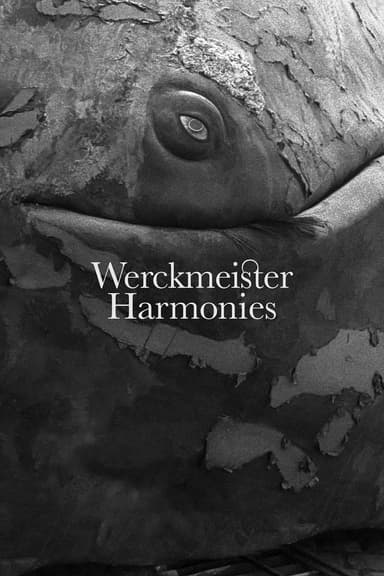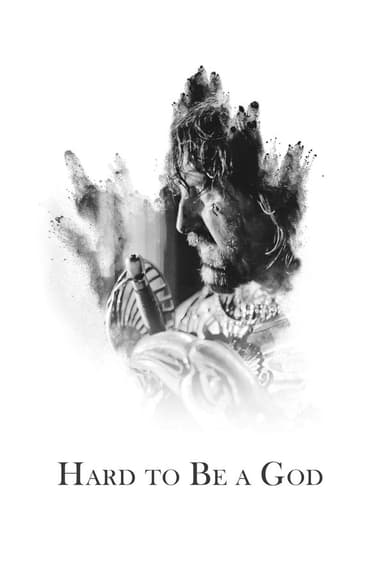
Satantango
1994 • Drama
Inhabitants of a small village in Hungary deal with the effects of the fall of Communism. The town's source of revenue, a factory, has closed, and the locals, who include a doctor and three couples, await a cash payment offered in the wake of the shuttering. Irimias, a villager thought to be dead, returns and, unbeknownst to the locals, is a police informant. In a scheme, he persuades the villagers to form a commune with him.
Runtime: 7h 12m
Why you should read the novel
If you've seen or heard about the critically acclaimed film Satantango, take your experience deeper by reading László Krasznahorkai’s original novel. The book offers immersive prose and intricate inner perspectives found nowhere else. Dive into Krasznahorkai's atmospheric narrative to grasp the complex character motivations and village dynamics that the film merely hints at.
László Krasznahorkai’s Satantango is hailed as a masterpiece of contemporary Hungarian literature, renowned for its haunting imagery and profound philosophical insight. Reading the novel allows you to experience the full depth and nuance of the characters and plot, uncovering themes and details omitted or condensed in the cinematic adaptation.
For those interested in slow cinema or the existential undertones of post-Communist Eastern Europe, Satantango’s literary version offers a labyrinthine journey that rewards patient and dedicated readers. Invest in the novel today and witness the acclaimed story in its most complete, unfiltered form.
Adaptation differences
While the Satantango film stays remarkably loyal to the novel’s structure and atmosphere, there are notable differences in how each medium conveys the story. The novel delves deeply into the inner thoughts of its characters, providing access to internal monologues and psychological landscapes that are only suggested visually in the film. As a result, readers of the novel gain unique insights into motivations, sorrows, and anxieties that shape the narrative.
The narrative style of László Krasznahorkai’s book is famously dense and challenging, composed of long, flowing sentences that mirror the relentless bleakness of the Hungarian countryside. In contrast, Béla Tarr’s film adaptation uses hypnotic, lingering camera shots to evoke a sense of time and decay, shifting the experience from internal contemplation to a communal, visual endurance.
Another major difference is found in the pacing and structure. While the film unfolds in real time over a lengthy seven hours, the novel’s segmented chapters offer the freedom to pause, reflect, and revisit each moment or perspective. This flexibility can greatly impact how you absorb the story and empathize with its characters.
Finally, the ending in both versions maintains a sense of bleak ambiguity, but the medium of literature allows for greater exploration of themes such as despair, corruption, and the cyclical nature of human suffering. Reading the novel Satantango provides a richer context for these motifs, deepening your understanding of the story’s philosophical undertones compared to watching the film alone.
Satantango inspired from
Satantango
by László Krasznahorkai









